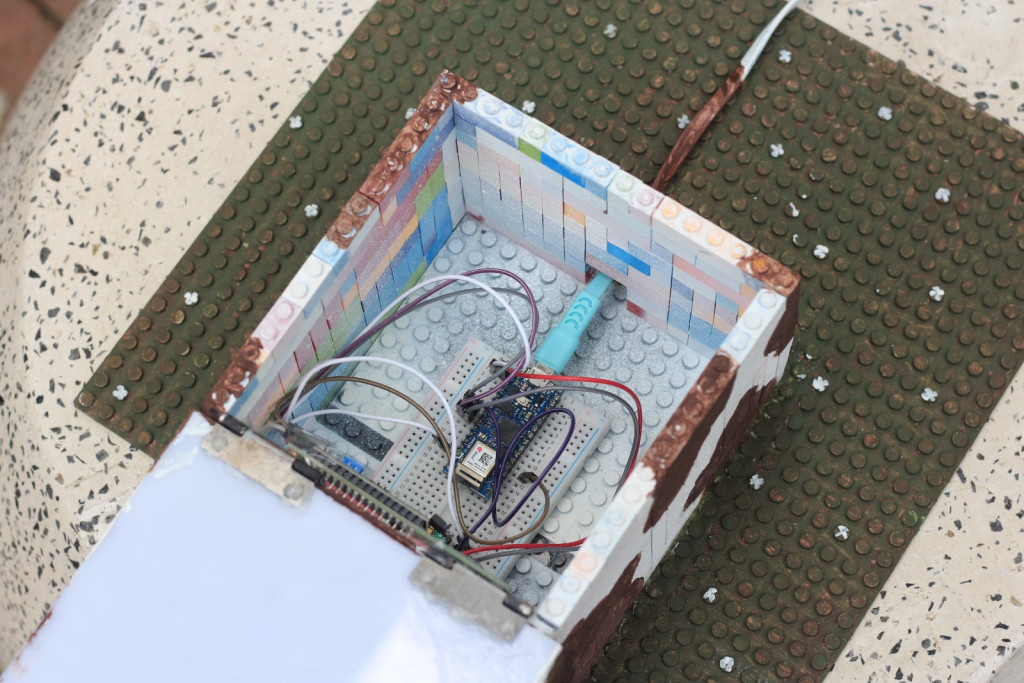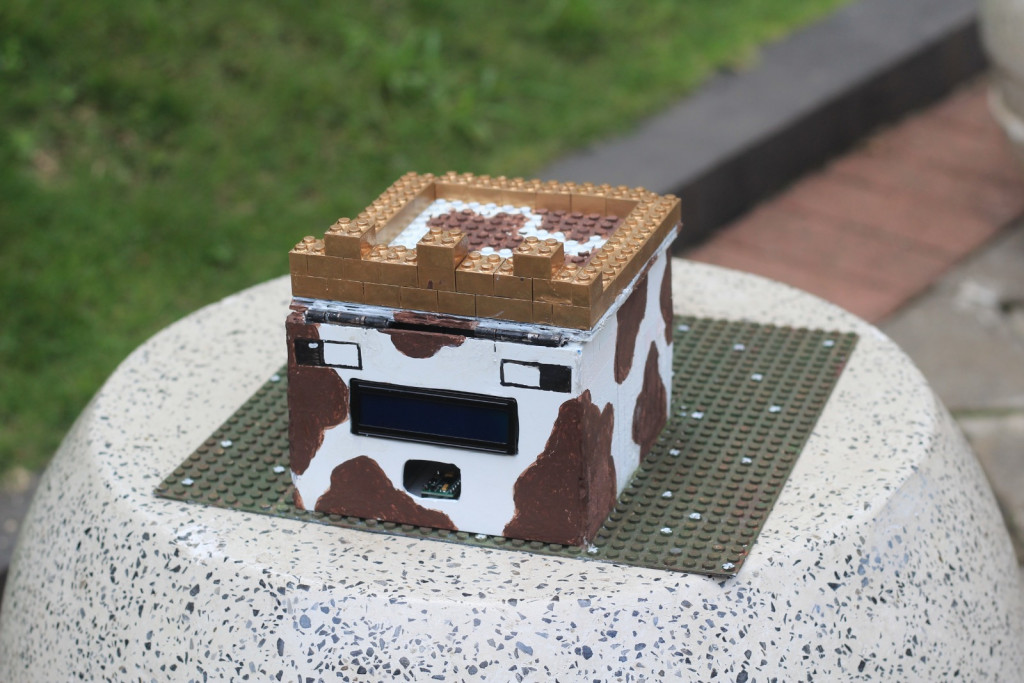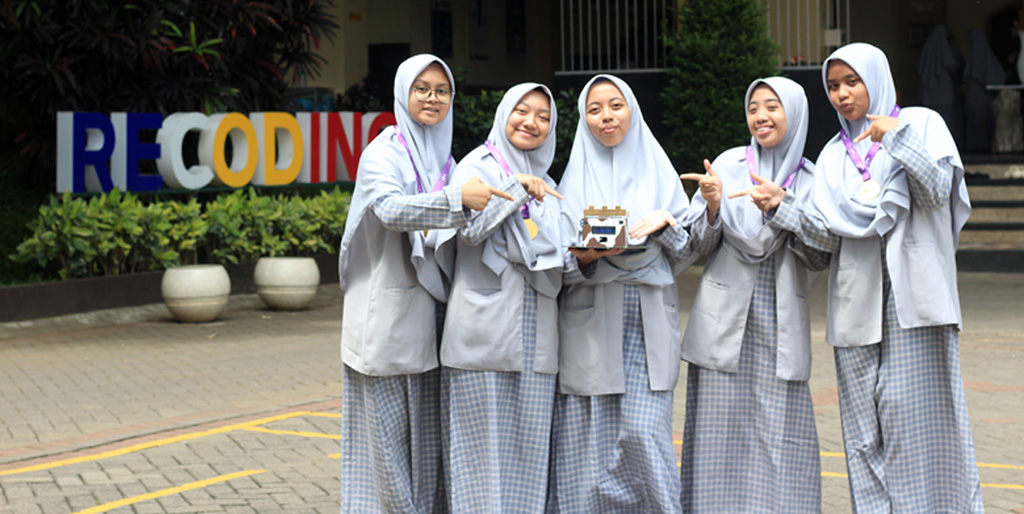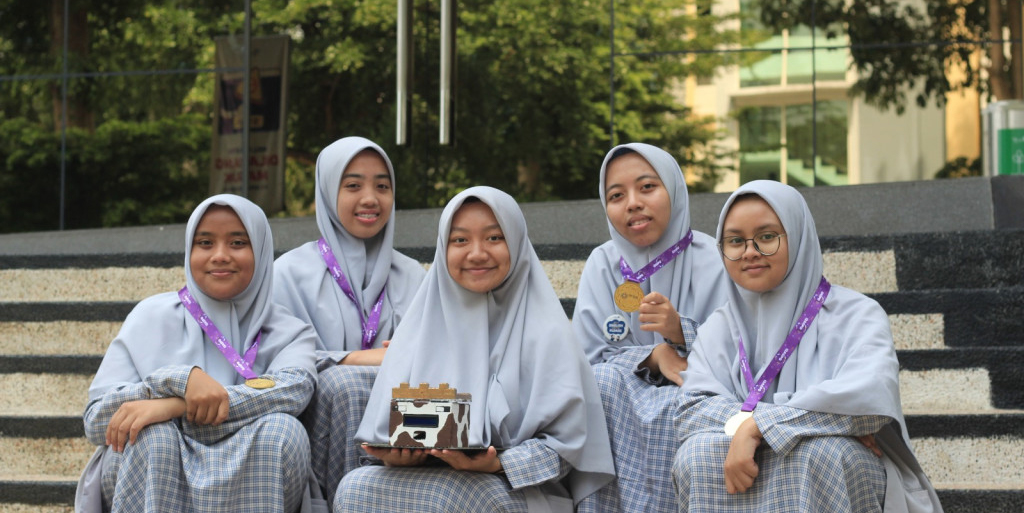No Need for Needles! Thursina IIBS Students Won Gold at 2024 AISEFF with Non-Invasive Cholesterol Detector
In a feat of innovation, five students of Thursina International Islamic Boarding School (IIBS) secured the coveted gold medal at the 2024 ASEAN Innovative Science Environmental and Entrepreneur Fair (AISEFF), organized by Diponegoro University in collaboration with the Indonesian Young Scientist Association.
In this prestigious international competition, Anindya Nur Syafisa Asfahani, Gladys Myisha Akilah, Nadhifa Bilhaq, Q. Niza Kamilia Pasha, and Vicky Amellya Putri managed to beat the other 500 teams and won the gold medal with their project, Sweet Choco. Sweet Choco, or Sugar and Cholesterol Control, is a non-invasive glucose and cholesterol detection method that employs the Arduino Nano 33 IoT Microcontroller technology.


This competition served as a platform for participants who wanted to showcase their ideas and innovations in the field of applied science. One project that managed to capture attention was the development of medical technologies that could help people monitor their cholesterol and blood sugar levels.
Based on the research that they’ve done, the students have successfully designed a non-invasive technology to measure the levels of blood sugar and cholesterol. This innovative device is designed to enable continuous monitoring of cholesterol and blood sugar levels, helping to prevent diseases caused by excess cholesterol and blood sugar.
According to Anindya, one of the team members, the idea to develop this device came to be after a long process of brainstorming, observation, and trials.
The device’s non-invasive measuring technique utilizes the optical phenomenon of blood long wave absorption in the range of 750-2500 nm to detect blood sugar levels. Project implementation started with designing the hardware, including power supply circuits, infrared sensor and photodiode circuits, push buttons, and an LCD. According to Niza Kamila, this innovation can be an alternative solution for people who are wary of getting their blood drawn using needles.

“We are looking to develop this idea in the form of a smartphone application so that it can be accessed by a wider audience. Moving forward, we also want to turn it into a smartwatch,” explained Anindya.
In order to detect the level of cholesterol in the blood, this device employs a non-invasive technique based on an Arduino Nano 33 IoT microcontroller with a DS100A oximeter sensor. This device is equipped with a Liquid Crystal Display (LCD) to display the results of the measurement.
Niza Kamila also noted the team’s commitment to further develop this idea into a mobile app, although it’s still in the prototype stage.
